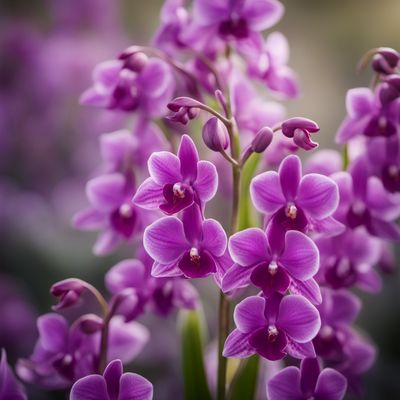
Ingredient
Alocasia
The Exotic Leafy Gem
Alocasia is a tropical plant native to Southeast Asia and is cultivated for its starchy corms and edible leaves. The plant features large, heart-shaped leaves with prominent veins and a glossy texture. Its corms have a mild, nutty flavor and a starchy consistency when cooked.
Origins and history
Alocasia has a rich cultural history in Southeast Asia, where it has been cultivated for centuries as a staple food source. It is particularly prominent in Indonesian and Filipino cuisines, where it is used in various dishes like curries, stews, and desserts. The plant's large leaves are also used as natural food wrappers.
Nutritional information
Alocasia is a good source of dietary fiber, vitamins A and C, and minerals such as potassium and magnesium. It is low in calories and fat, making it a healthy choice for incorporating into a balanced diet.
How to select
When selecting Alocasia leaves, choose ones that are vibrant green, firm, and free from blemishes or yellowing. The leaves should be pliable and not wilted. For Alocasia corms, look for ones that are firm, with smooth skin and no signs of mold or soft spots.
Storage recommendations
To store Alocasia leaves, wrap them in a damp paper towel and place them in a plastic bag in the refrigerator. They can stay fresh for up to a week. Alocasia corms should be stored in a cool, dry place away from direct sunlight and consumed within a few days of purchase for the best flavor and texture.
How to produce
Alocasia can be grown in tropical or subtropical regions with warm temperatures and high humidity. It thrives in well-draining soil and requires regular watering. The plant can be propagated through division or by planting corms.
Preparation tips
Alocasia leaves can be used as natural food wrappers for steaming or baking dishes, such as fish or sticky rice. The corms can be boiled, steamed, or roasted and used in various dishes like curries, soups, or desserts. Remember to remove the fibrous outer layer of the corms before cooking.
Culinary uses
Alocasia is commonly used in Indonesian and Filipino cuisines. It is featured in dishes like ginataang gulay (vegetables cooked in coconut milk), laing (taro leaves cooked in coconut milk), and binignit (a sweet stew made with taro, coconut milk, and various fruits). The plant's leaves are also used as decorative elements in food presentations.
Availability
Alocasia is commonly available and cultivated in Southeast Asian countries such as Indonesia, the Philippines, Thailand, and Malaysia.

